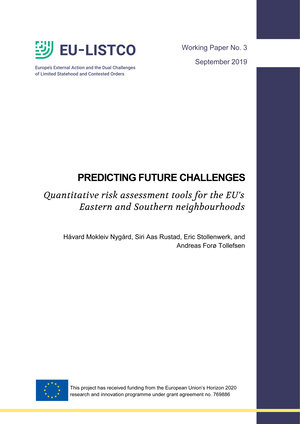
Understanding and anticipating violent conflict and the breakdown of governance in the European Union (EU) neighbourhood is complex. However, it is of great value for academia and EU foreign policy. How can the EU know about, prepare for, and possibly help prevent governance breakdown and violent conflict in its neighbourhood? To answer this question, we propose innovative quantitative approaches to capture violent conflict and governance breakdown through survey-based and non-survey-based data at the sub-national level. We assess different theoretical approaches to explaining violent conflict and governance breakdown with a focus on social resilience. Moreover, we discuss numerous methodological tools including random forests, Bayesian methods, and change point analysis. The paper highlights the possibility of measuring and predicting violent conflict and governance breakdown in the EU neighbourhood at the sub-national level. We underline our arguments with initial empirical analyses. Further, we point to several research gaps such as the necessity to develop data collection efforts in order to build analyses and predictions on better data.